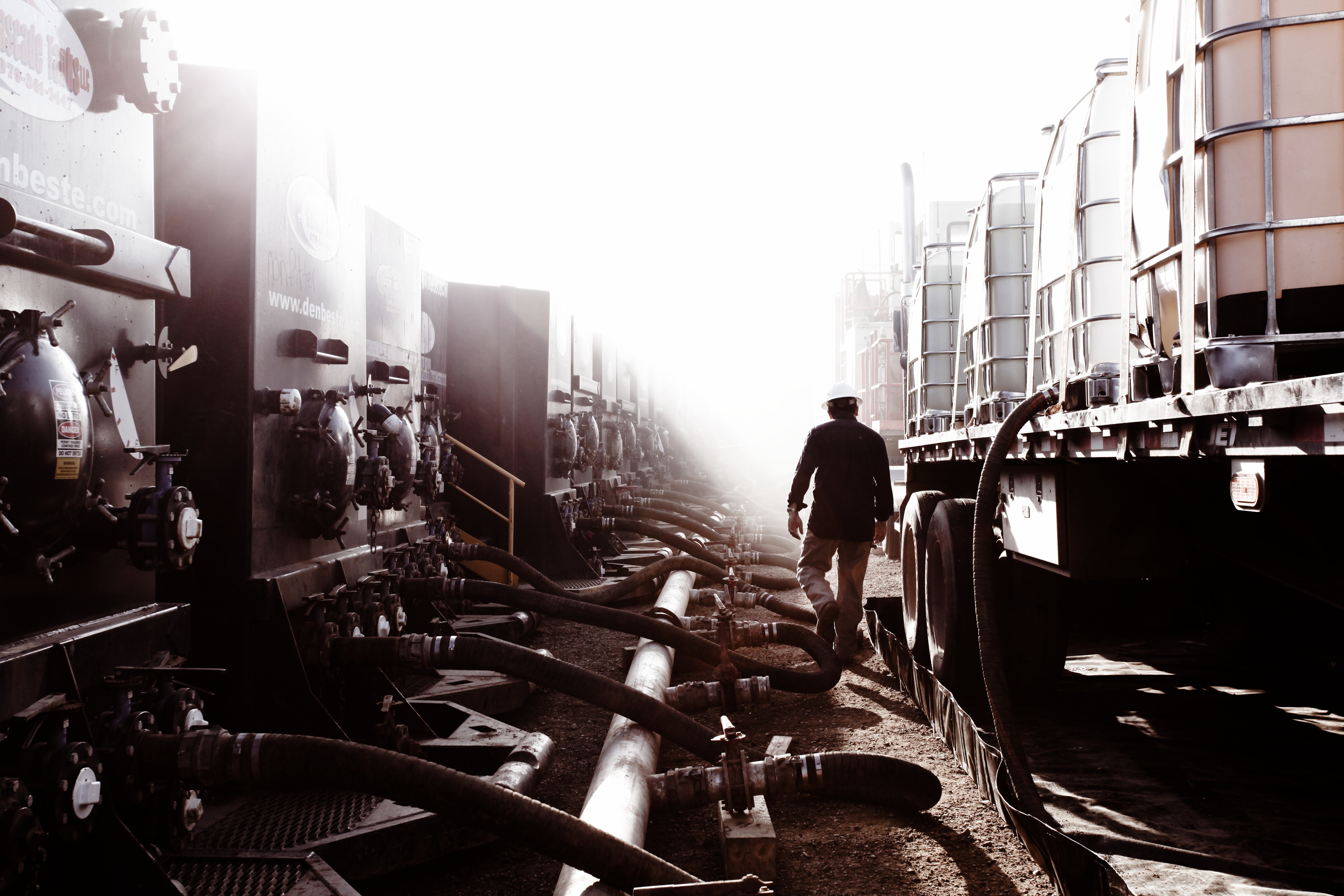
E&P held a roundtable teleconference to discuss the status of hydraulic fracturing, where the technology is headed and what technologies would be game changers for the industry in this price environment.
The panel included John Ely, president, Ely and Associates; Ryan Hummer, executive vice president, strategy, and Ted Randolph, frack engineering manager, NCS Multistage; Don Conkle, vice president, marketing and sales, Carbo Ceramics; Glenn Hart, president and CEO, Laredo Energy; and Joel Gay, president and CEO, Energy Recovery.
The beginning of the interview is featured as the cover story for the February 2016 print issue of E&P.
THE PANEL:
John Ely, President, Ely and Associates
Don Conkle, Vice President, Marketing and Sales, Carbo Ceramics
Glenn Hart, President and CEO, Laredo Energy
Ryan Hummer, Executive Vice President, Strategy, NCS Multistage
Joel Gay, President and CEO, Energy Recovery
Ted Randolph, Fracturing Engineering Manager, NCS Multistage
E&P: What hydraulic fracturing technology should operators use in this low-price environment?
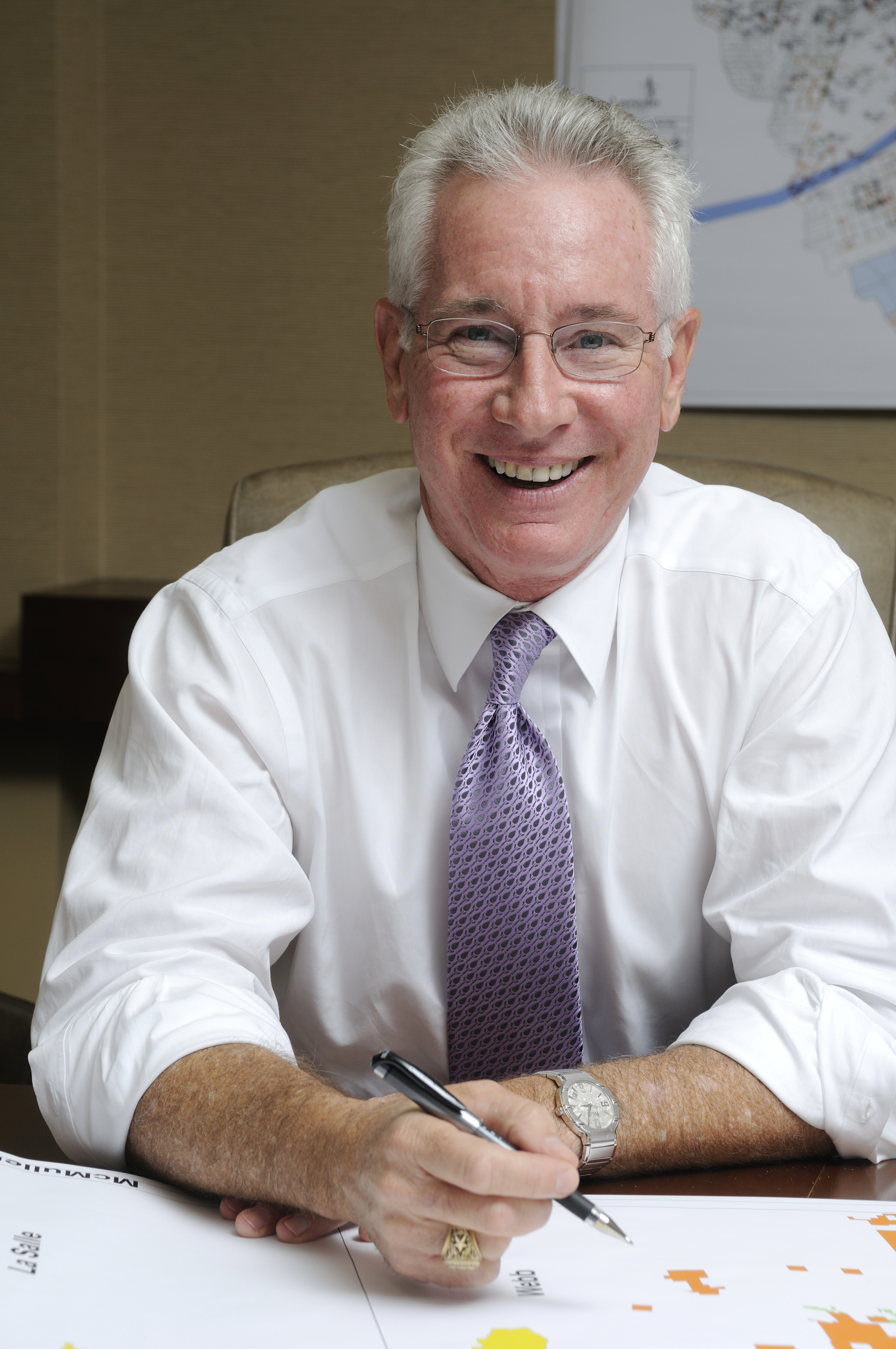
HART (Laredo Energy): I think in general it is more proppants. Also they should use different proppants and man-made proppants. Those are some of the things that we see.
 HUMMER (NCS Multistage): Reservoir connectivity paired with conductivity are important. We see completion techniques being pretty highly variable in the way that they create reservoir connectivity, which can result in significant parts of the wellbore being under-stimulated or having uncontrolled frack dimensions with well-bashing.
HUMMER (NCS Multistage): Reservoir connectivity paired with conductivity are important. We see completion techniques being pretty highly variable in the way that they create reservoir connectivity, which can result in significant parts of the wellbore being under-stimulated or having uncontrolled frack dimensions with well-bashing.
Most traditional completion techniques utilized today are applied without utilizing downhole data at least through the completion itself, which could be analyzed or used to improve subsequent wells.
E&P: Where do you see breakthroughs in hydraulic fracturing in completion technology?
Hummer: I think it's going to be two things. I think there may be some real breakthroughs, and there may be a number of incremental changes, which are small individually, but bigger in the aggregate.
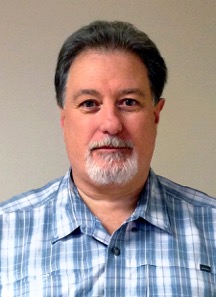 Randolph (NCS Multistage): Another place where I see a potential breakthrough has been the completion systems themselves. By creating completion of the true asset by production engineers as well as the completion engineers, we can become wellbore managers instead of just engineers.
Randolph (NCS Multistage): Another place where I see a potential breakthrough has been the completion systems themselves. By creating completion of the true asset by production engineers as well as the completion engineers, we can become wellbore managers instead of just engineers.
Let's look at how we can treat the reservoir, let's design the treatments, what's best for the reservoir and then be able to manage that wellbore through production and into the future.
Hart: As far as breakthroughs, I think selectivity is one of the bigger breakthroughs. We naively tend to think that rock is homogeneous over the length of a lateral and of course we also intuitively know that it's not and getting brave enough to skip sections of your laterals to complete or to concentrate more or adjust a design from one part of the lateral to the next, I think, that's a pretty significant breakthrough.
Of course the rock properties we look at now things that we never thought of before, like brittleness and ductility, for example. Of course one of the big things, which is becoming quickly the norm, is the stacked and staggered lateral situation―the so-called wine wrack completions. With regard to selectivity, I think lateral placement is huge.
We're starting to find out particularly in some of the thicker shales like the Eagle Ford, the Lower Eagle Ford and Upper Eagle Ford behavior is completely independent of each other. We once thought we were getting it all, now we aren't.
I still think the most important aspect of completing a well is still like it was in the old days where you locate the darn thing in the first place. And by that I mean areally. It also means specifically within the vertical interval too.
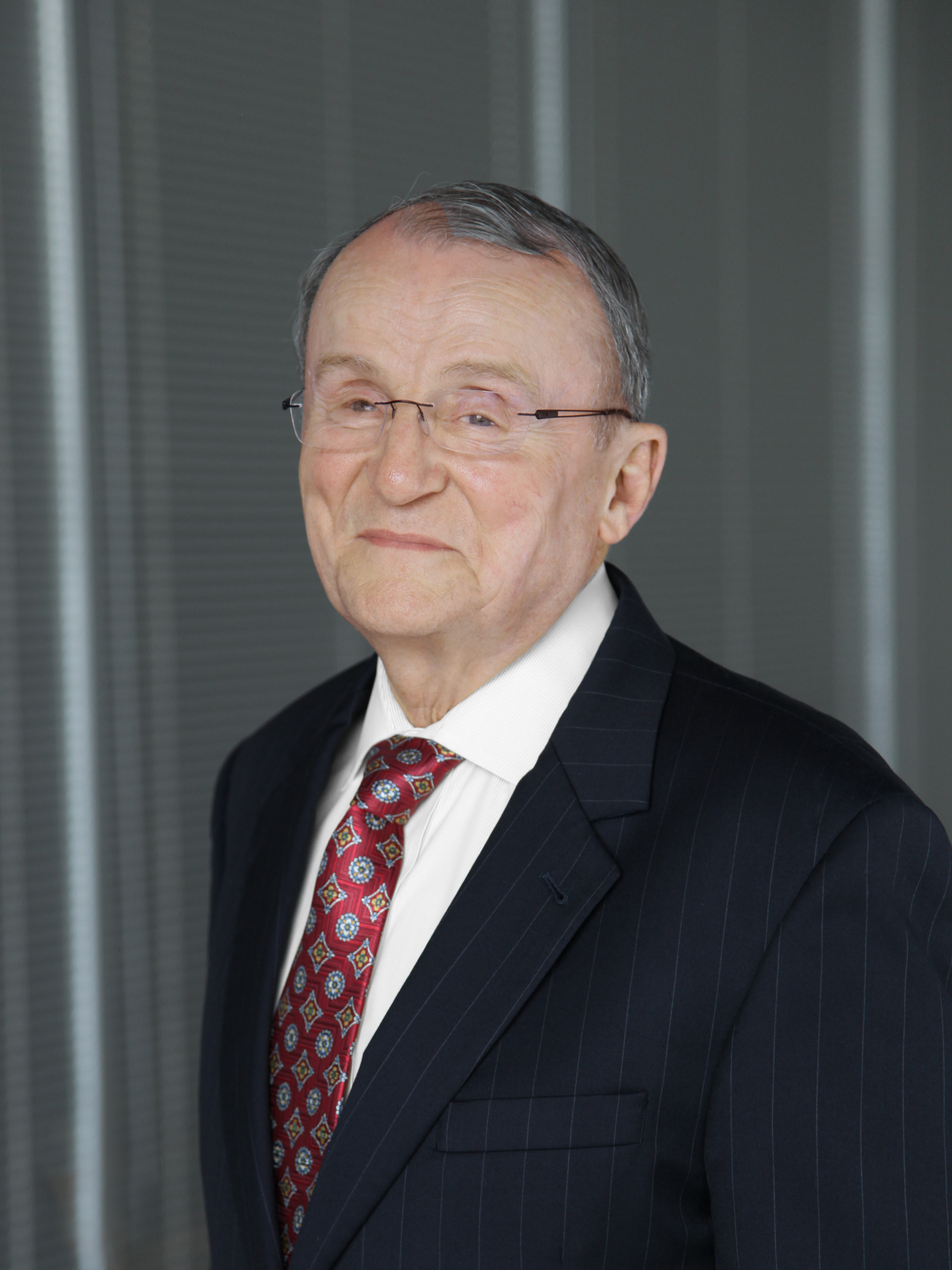 Ely (Ely and Associates): I'd back that up. Where we have micro-imaging log data, we can very specifically perforate wells and really optimize completions.
Ely (Ely and Associates): I'd back that up. Where we have micro-imaging log data, we can very specifically perforate wells and really optimize completions.
That's something we've been able to do where we've been able to use water-based fluids.
It's daylight and dark between success and failure in optimization. If you perforate where there are no fractures, you're probably going to learn about tortuosity. If you perforate into the fracture systems selectively using the micro-imaging log, then achieve better stimulation and minimize near wellbore tortuosity. The service companies are telling us they're getting close to having resistivity tools to use in oil-based mud, and I'm certainly ready for that.

Conkle (Carbo Ceramics): Getting back to what Glenn [Hart] said, the biggest challenge we have is that the heterogeneity of the unconventional resource plays is fairly significant. What we see at the wellbore may not necessarily be what we see 2 ft [0.6 m] from the wellbore. It adds a great amount of complexity in how we complete these wells and ultimately what our recovery is from these reservoirs.
When we experience recoveries anywhere from 5% to 15% in some of the oil-based reservoirs, there’s huge opportunity for improvement. If you increase the recovery factor by a couple of percent, the amount of value that it adds to the operator is very significant.
I think that there’s a lot to learn with regard to how we create the complexity and conductivity within the reservoir. Using appropriate technology and methods will drive us forward as it has done in the past.
One of the major concepts that we still have not solved as an industry is understanding the production mechanism of the reservoir and the variability of proper stimulation. Microseismic has helped us understand a little about what’s happening in the reservoir when we’re pumping the fracturing job, but it’s not conclusive, and the results are very much dependent upon what stress the rock is in, what the water saturations are and multiple other factors.
If we see microseismic events in certain places, it doesn’t necessarily mean that’s where the hydraulic fracture is that we are creating. One of the technologies that we are working on at Carbo allows us to determine the location of the proppant, including the length and height of the propped fracture. Determining that, I think, is the Holy Grail and really the next big thing, in my opinion, that we’ll bring to the industry.
E&P: One of the things the industry has been using quite a bit recently is the large or super frack. What's your evaluation of those?
Ely: When we've done statistical correlations of literally thousands of wells, we see a great correlation with fluid, but not in sand. Obviously that's controversial. The classical thinking was to do PMS (pump more sand) because of conductivity.
We believe very strongly that we're not getting proppant packs, but that we're getting bridging and diverting. We're holding open fractures with these tiny proppants and actually getting somewhere approaching a partial monolayer. None of these small proppants in a proppant pack at the concentrations we’re running effectively have any conductivity at all. If we do a standard API conductivity of half a pound per square foot with 100 mesh or 40/70, it is nothing.
If you run two or four pounds per square foot like the standard tests are run, you get something, and people talk about conductivity. I think what we're getting is much more complex and very interesting. We are pumping small sand at exteme depths and are achieving sustained stimulation. There's a lot of non-API sand being used out there with good results. We feel very strongly that if you get below 10 microdarcies you don't get the crushing. We've seen that all over the country.
When we get into higher permeability, we immediately move back to resin-coated, ceramics, bauxite, etc. We've done slick water treatments, for instance, in the Deep Atoka. We use a 40/70 bauxite with great results. But if we get into lower permeability reservoirs, such as the Wolf Camp, they’re running small sand without crushing.
Randolph: I think it all gets back to understanding what the reservoir requirements are. I think John [Ely] brings up a lot of those points. We created the fractures and the important part is to create those fractures and to get proppant into those. I think that's one of the reasons that the smaller proppants have really been effective. In fact, some of the wells that I've fracked, as an example, in the Haynesville we could tell a difference whenever we were pumping the same concentration of 40/70 proppant and changed to a different brand in that same sized proppant. We'd see the pressure increase as soon as that proppant got down there.
That tells us we're dealing with very limited width, and I think it's important to be able to prop those fractures. On the other side of that is where is your frac point? If we don't fully understand where we're creating the fractures and where we're putting the proppant in, I don't know that we can then fully evaluate where the right application for those technologies are.
E&P: Service companies often say they come out with these new technologies, but in this current market the operators aren't as willing to try on new things. What's the attitude of operators about new technology in this market?
Hart: Speaking for myself, I'm a petroleum engineer, so I'm open to new technologies all the time as long as it makes economic sense. One of the things I like about the current environment is we have enough results now that we can actually have some head-to-head comparisons between a new technique and an older technique. I’m very willing to embrace new things.
There's a notion that's out there particularly in the financial community of oil and gas is they always seem to want to trivialize the rules of thumb and they're getting hung up on the amount of proppants per stage, the number of stages and all that stuff. The notion of one-size-fits-all really bothers me, the way it gets tossed around out there. "Oh, in the Bakken we do this. In the Eagle Ford we do that." I still firmly believe in very specific, detailed, well-by-well analysis for whatever we may be doing as far as the technique dejour.
Ely: I think a great example of what he's talking about is nano-surfactants that have been around 15 or 20 years where we've seen some success. In these times there is an increased usage of that type of product, because there have been results.
I think we're moving very fast along the line of re-fracturing and re-stimulation. I believe in the technology.
Additionally we have worked with some exciting companies introducing very new technology. One company, Melior, created a proppant with a specific gravity of less than 2.0 with strength exceeding 18,000 psi.
Another company, Biota, using rapid DNA sequencing has introduced a new diagnostic for the industry tying in microbial content with various aspects of production.
Another startup is Water Lens which has created virtually instantaneous water analysis capability for the oilfield. Another unique company is Deep Imaging Technology which uses electro-magnetic pulse technology, which has the potential to see fluid and proppant in the formation.
But back up to what you were saying, I think if it works, it's economically sound and you can present it properly, most of our customers are ready to utilize the process. But you've got to show that it is economic and that it is going to work.
Conkle: What we’ve seen is that if you can come up with a technology that is self-funding, in other words, it doesn’t cost the operator extra and in fact may add to the production and recovery of the well, then it’s almost a no-brainer. If it’s a technology that adds risk to the operator, potentially costing them money because of a failure of some sort that happens downhole, then that’s something that most operators are less likely to try.
Specifically, if we can find something that decreases the finding and development cost per boe, then we’ve found most operators are very open, especially today. We have four products being tested right now, all new technology. In most cases they either decrease the lease operating expenses, or they increase the production of the wells.
Hummer: Our customers are extremely sophisticated. They're focusing more and more on EUR. I'd really build on what Don [Conkle] was saying for the technology to really gain adoption, it's got to have a clear and demonstrable value proposition. That can mean a number of things. Is it something that will reduce costs, keep production the same, or is it something that can help increase production without increasing cost and link some combination of those value propositions to get it to where it's self-funding?
You have to establish the value proposition and provide proof the technology works, specifically in the areas where the operator is focused. I know there is a sense that because it works at the Bakken doesn't mean it's going to work in the Eagle Ford. We need to prove it in every single region. It always takes a bit longer than you expect to build consensus within the customer organization to try something new.
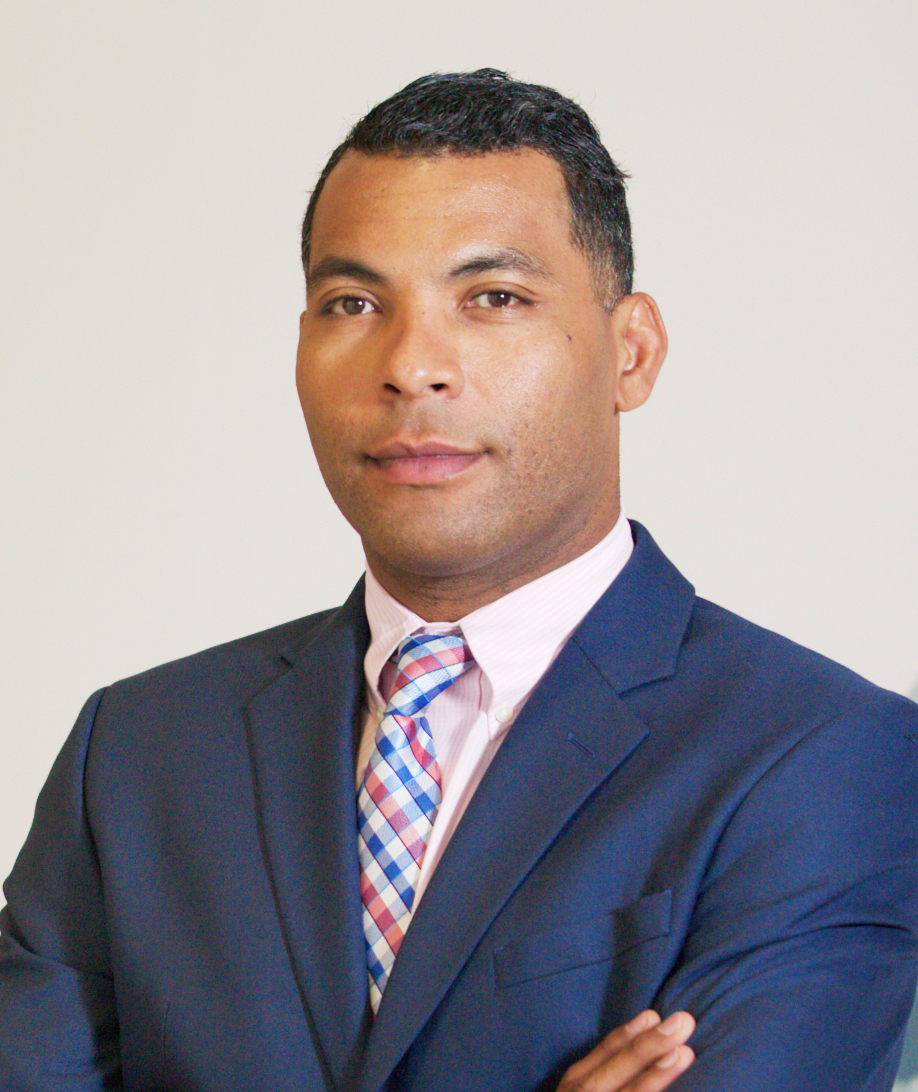 Gay (Energy Recovery): One of the reasons that we partnered with Schlumberger is that we believe that they could, better than any pressure pumper, achieve widespread E&P acceptance of this technology. We will only be supplying that technology to Schlumberger.
Gay (Energy Recovery): One of the reasons that we partnered with Schlumberger is that we believe that they could, better than any pressure pumper, achieve widespread E&P acceptance of this technology. We will only be supplying that technology to Schlumberger.
From an OFS [oilfield service] standpoint, by virtue of them licensing it on an exclusive basis, they have endorsed, adopted and accepted the technology.
Then as we step into commercialization in 2017, I believe that the significant economic value associated with extending the life of the pumps and then ultimately going to a new pumping model will compel if not induce E&Ps to adopt the new equipment model. I think a combination of Schlumberger with the compelling new technology will lead to universal E&P acceptance.
Hart: I have one more thing to add. When you're running and gunning in a new play, you're very keenly focused on 30-, 60-, 90-, 120-day production rates. These are hyperbolic curves over the life. There are two things that we have control over at the front end and the tail end. Most of the early thought was given to the front end and not the tail end. If you can actually improve both, then you've really got something that's worthwhile for the long haul.
E&P: How important are data to improving hydraulic fracturing and completion?
Conkle: I think it’s extremely important when a test or comparison is performed with a new technology to have a good control environment set up so a comparison with current practices can be properly evaluated. It is best to normalize using an offset well from the same pad as your control, usually comparing production and production decline. Everything but the product you are testing should be normalized. We see a great amount of heterogeneity throughout the Eagle Ford, Bakken and Utica. What technology may work in one part of that field may be completely different than the other part of the field. It’s extremely important to have those controls.
Ely: The only thing I would point to is I've seen in my own career―people use very small databases to make decisions. Because of extreme heterogeneity I'm almost to the point that if I don't have a couple of hundred wells for a particular process or system for evaluating production, then it's not worth it. There's so much heterogeneity and many, many SPE papers have been built around half a dozen wells. Then you find out nobody's using the product or maybe it was the reservoir. I think that's something where you always need to keep in mind is that the good Lord punishes oilfield people with heterogeneity, and we need to be sure that it's the product or the system that's working. That's why very large databases are extremely important.
Hummer: I agree with that 100%.
E&P: What impact is smaller mesh sand having on hydraulic fracturing?
Conkle: Contact and conductivity are both important for the short- and long-term production of wells. If you increase your stage count from 20 stages in a horizontal well to 40 stages, you’re going to increase the production and will recover more from those wells.
Conductivity of the fractures, or the ability for the fractures to deliver the production from the reservoir is equally as important. Above 6,000 psi closure stress and 250 F, impacts on the proppant need to be considered and ultimately the type of proppant and the quality of the proppant to ensure long-term production.
Sand starts to crush at 6,000 psi. As the well depletes, more stress will be applied, which impacts the production due to sand crushing and fines migration. Some recent Eagle Ford production decline studies are highlighting that massive sand jobs, whether they are a smaller mesh proppant like 100 mesh or even larger mesh proppant, become less effective than ceramic wells when stress on proppant approaches the 7,000 psi range.

Hummer: If I can add too to what John [Ely] said, there are obviously lots of studies ongoing out there. We've done our own studies on small mesh, 100-mesh proppant. In fact we've analyzed all the wells in South Texas. We see decent results with 100-mesh for the first six months. In past six months we have seen the bigger mesh proppant very quickly with much higher production. After a year, the bigger mesh proppant, whether it be sand or ceramic has way out-passed the 100-mesh wells.
E&P: How much work is being done on understanding reservoirs, hydraulic fractures and produciton?
Conkle: Activity has slowed down, allowing us to get back to some basic science and perform studies that help to understand how wells perform. It’s a time where operators don’t have any money to waste. They want to do the most effective job and the most economical job to maximize their production and recovery.
In addition to this, fracturing and the way we think of a proppant is evolving. We have a technology whereby we’re infusing chemicals into the proppant that are placed within the fracture itself to decrease production related issues caused by pressure and temperature changes in the production of a well. Once you create that contact and conductivity in the reservoir, you want to keep that path clean, specifically from near-wellbore issues such as scale, salt, paraffin, H2S production and asphaltine buildup. By incorporating a chemical in the proppant pack that slowly releases, we can impact fracture conductivity as well as the entire production system for longer periods of time, potentially the life of the well. SCALEGUARD is the first product in this platform. The first jobs were performed nearly 650 days ago with no scaling issues reported or identified to date.
Today, most operators are focused on their best parts of the reservoirs and using that to help increase their chances of being economically successful. They want to do the best engineering they possibly can to maximize the recovery of those specific wells or that specific geographical area. It’s now common place for operators to perform engineering instead of the cookie-cutter type of process that we gravitated to when we were extremely busy and all we were trying to do was get the wells completed, stimulated and online.
E&P: How important are data to optimizing hydraulic fracturing and horizontal completions?
Hummer: We think in order to really pursue a controlled optimization process you need two things: You need to capture data and benefit from data from each frack. You need to be able to create that reservoir access and activity in a way that provides consistent and predictable fracture placement along the entire lateral. If those things are there, then you have the ability to control exactly how you test other variables in the completion.
You heard Don [Conkle] talk about some of the technologies that Carbo is working on. If you have a completion system that provides predictable, reliable, and verifiable frack placement, it can establish that control design to minimize external variables. Then you can more effectively and efficiently isolate and test the potential benefits of all the different technologies that other companies are bringing to the table.
Randolph: We've always found ways to improve in this industry. Sometimes it's going back and looking at old industry. Whenever I was a young field engineer back in the early '90s when we had this crazy operator that only pumped this 100-mesh sand and slickwater, and they shut the well in for 60 days. Man we thought they were all crazy. Here we are fast forwarding 25 years and somebody was either way ahead of their time or we were the crazy ones.
I think there are a couple of areas where the breakthroughs are going to come. For me the big one is information. It's difficult to be able to go forward if we don't know what we've done in the past. In the old vertical days, it was design, execute and evaluate. What we did at the time was to do the execution, then bring the data back and evaluate how that treatment went. That gets us back to the importance in closing that loop.
Information allows us to do that, whether it's getting better information up front about the geology of the reservoir or whether it's getting information during the treatments where we get the good downhole pressures and temperatures. There are going to be systems that are able to gather probably about any information that we might want from downhole telemetry.
With those measurements we can assess the isolation in between stages, whether it's cemented or openhole packers. We can effectively determine where our fractures are initiating and developing. We can test stage-spacing strategies. We can properly discern the fluid systems based on our downhole temperatures. We can improve the modeling of the fracture motions. As the models become better with the fracture complexity, I think that having that good, bottomhole data is going to be important along with good pressure data.
Conkle: To add to that, there is a lot of experimentation ongoing with regard to how many perf clusters we have per fracture or how many body sleeves or isolation mechanisms per fracture. In many cases, I’m more of an advocate of pinpoint injection, where you know for sure that you’ve created a fracture in a particular location or perforation.
Whereas if you have three to five, in some cases up to eight different perf clusters per fracture, you are likely pumping into those perforations initially, but at some point you start to lose entry, and probably not pumping into all of them at the end of the job. We can see some of this phenomena through different tracers, specifically CARBONRT and CARBONRT ULTRA [detectable proppant]. This results in some of the perf clusters contributing significantly more production than others.
E&P: What do you see as the role for refracturing or restimulation?
Ely: Refracturing is a fertile area but one where there's a lot of problems, and there is some new technology coming to bear.
I think we're in a very strange time in our industry where there are people dealing with conventional thinking and conventional design. We've seen complexity in fracture systems where 40,000- to 50,000-barrel stages and 600,000 to 700,000 pounds of sand, yet we're not propping more than 300 ft (91 m). We know that factually because we're drilling infill wells and not seeing depletion.
It's pretty exciting and goes to the question about 5% recovery.
When we have a 400,000-, 500,000-, 600,000-, or 700,000 -bbl EUR well and it is only draining 300 ft, which tells us we're getting more than 5% of the oil in place. It's a very interesting, very challenging, very exciting time in our industry, even with the low oil prices.
Randolph: The hot topic for the last six to nine months, maybe even a year, has been refracturing. It's complicated and very difficult to be successful on the refractures because of the completion systems that we're currently using and the techniques. There was really no thought five years ago about how we were going to refracture these wells. As we get closer and closer on the perforation clusters, it's going to become that much more difficult.
What I envision in the completion systems is not only are we going to have completion systems that we can manage during the fracture, but we can have those where we can manicure production. Then we have the possibility to come back and refracture in the future. There's an example, we may on fracturing be able to close a sleeve immediately after we fracture it to eliminate some of the proppant flow back or eliminate the proppant flow back and then have the fractures heal. In the case of when we're using the hybrid fluids through the cross links. Then, we're ready, whenever the last stage is fractured, we can go back in and open all those sleeves, open it up for production. Then, during production if we see unwanted water production or gas production, we can go in and they can close off sections with that well port.
Then, whenever we want to refracture we can go ahead and close all the sleeves. We've got wellbore integrity. We can open those up individually and restimulate individually, or we've got flank pipe in between those sleeves that we can put holes in the casing and add more reservoir there.
E&P: What are the technology trends for use of proppants in hydraulic fracturing?
Conkle: Slickwater/hybrid has become the dominant fluid for fracturing as more contact with the reservoir and less damage is desired. The ability of slickwater to transport proppant into the fracture, especially large mesh sized proppant, is severely hindered. Because of this, many slickwater completions utilize smaller mesh proppant such as 100 mesh or 40/70 mesh. Unfortunately, the conductivity of this proppant is very low.
CARBO has developed an ultra-low density proppant that has similar transport properties as 100 mesh, but has more than five times the conductivity. CARBOAIR is 25% lighter than normal proppant and 40/70 mesh CARBOAIR settles 40% slower than 40/70 sand. These properties will allow longer propped fracture length and height with much higher conductivity. In addition, these properties allow a lot less water usage, less proppant as CARBOAIR occupies 25% more space in the fracture and possibly less horsepower requirement to place the fracture.
E&P: How much of a game changer is this new missile for hydraulic fracturing?
Gay: When you think about what we call revolutionizing the frack ecosystem, which is going from 15 to 20 positive displacement (PD) pumps today down to three to four centrifugal pumps at some point in the future, that is significant in particular when you contemplate the economic malaise that the industry currently faces and most likely will continue to face for the prolonged, immediate future.
Much of the discourse throughout the basin is around the breakeven point to frack a well.
Conkle: We introduced a new proppant platform called KRYPTOSPHERE. KRYPTOSPHERE HD (high density) was introduced in the Gulf of Mexico last year and KRYPTOSPHERE LD (low-density) was recently introduced. The technology is engineered in such a manner that it is very spherical and smooth.
In conjunction with the manifold trailer that you were talking about with Energy Recovery, it is 50% less erosive than traditional proppant due to its properties. This will allow operators in the Gulf of Mexico to design jobs around what a reservoir needs as opposed to how much proppant you can pump through the completion tools before they erode to the point where they no longer function properly. It also significantly reduces the wear and tear on fracturing service provider’s fracturing pumps and treating iron. It’s a monosize proppant.
Instead of 20/40 mesh, it’s a 25 mesh. Instead of 30/50, it’s a 35 mesh. We’re changing the game completely with ceramic proppant. In addition to the physical properties, the KRYPTOSPHERE platform of products is characterized by the increased durability and strength as well as higher conductivity than other proppant. This will result in increased production and recovery for E&Ps.

E&P: How do you see this as a game changer for hydraulic fracturing overall in this environment? How do you see operators and pressure pumping companies accepting this new technology or how do you get them to do that?
Gay: Because we chose to exclusively license to Schlumberger. Our technology, as and when it's commercialized, will impact hydraulic fracturing in as much as Schlumberger's market share increases or maintains at its current level. Certainly for its customers you can expect an amount of the economic value to propagate upstream in the form of a lower cost per hour to pump.
The good news is we don't have to see how companies accept it. The only two pressure pumpers that are going to use our technology are Schlumberger, which has a 15-year exclusive license, and Liberty Oilfield Services, because we had a pre-existing agreement with them that we will, of course, honor. Now I think, perhaps a better question is: How will the competitors of Schlumberger and Liberty respond to the clear cost advantage they will have by virtue of deploying a VorTeq missile. I'm not sure exactly, but I think I can speculate that they won't like it very much.

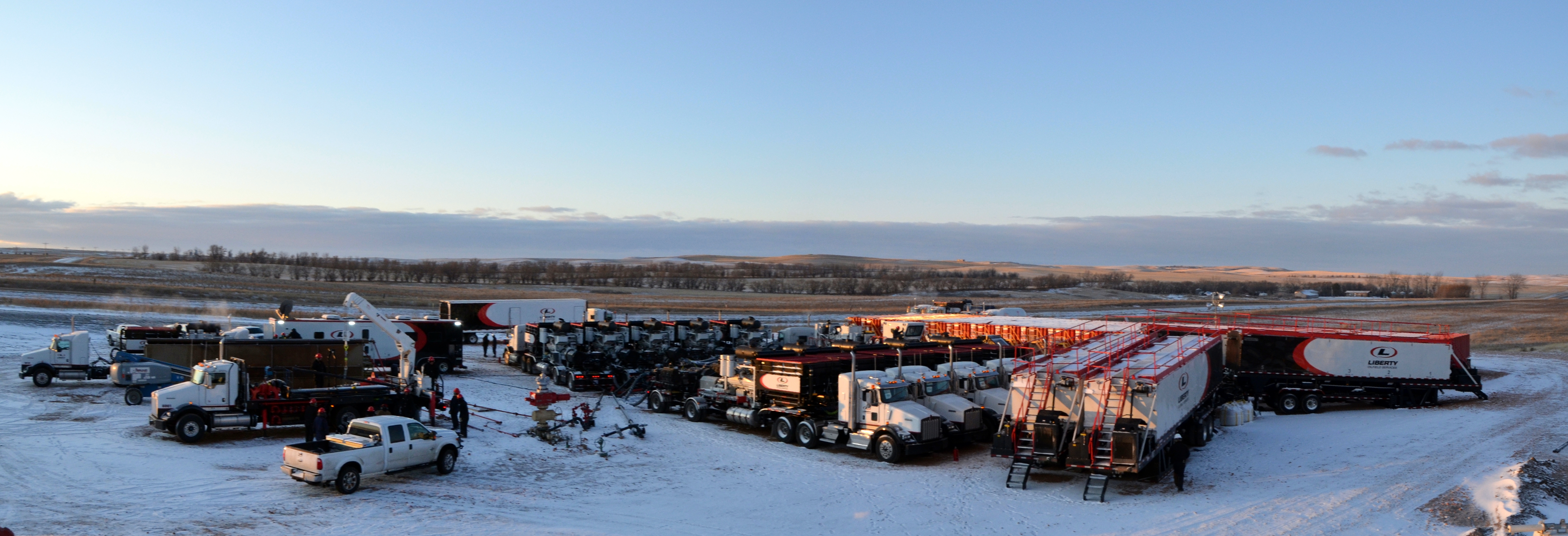
Contact the author, Scott Weeden, at sweeden@hartenergy.com.
Read E&P's other February 2016 hydraulic fracturing cover story:
Maintaining Well Productivity With Effective Multistage Refracturing
Recommended Reading
US Crude Stocks Fell Last Week as Exports Jumped, EIA Says
2024-12-18 - Crude inventories fell by 934,000 bbl to 421 MMbbl in the week, the EIA said, compared with analysts' expectations in a Reuters poll for a 1.6-MMbbl-draw.
US NatGas Prices Hit 23-Month High on Increased LNG Feedgas, Heating Demand
2024-12-24 - U.S. natural gas futures hit a 23-month high on Dec. 24 in thin pre-holiday trading.
Guyana Exported a Total of 225 Crude Cargoes in 2024
2025-01-14 - Guyana, Latin America's newest oil producer, is now the region's fifth largest crude exporter after Brazil, Mexico, Venezuela and Colombia.
TotalEnergies' Mozambique LNG Project Faces Delay Beyond 2029
2025-01-22 - TotalEnergies' $20 billion Mozambique LNG project will not be operational by 2029 as hoped, the French oil major said on Jan. 22, citing the need to end force majeure and ensure security at the project site.
Oil Prices Ease as US Tariffs On Mexico Paused for a Month
2025-02-03 - WTI crude futures were down $0.04, or 0.01%, at $72.49 after climbing as much as 3.7% earlier in the session to reach their highest since Jan. 24 at $75.18.
Comments
Add new comment
This conversation is moderated according to Hart Energy community rules. Please read the rules before joining the discussion. If you’re experiencing any technical problems, please contact our customer care team.
